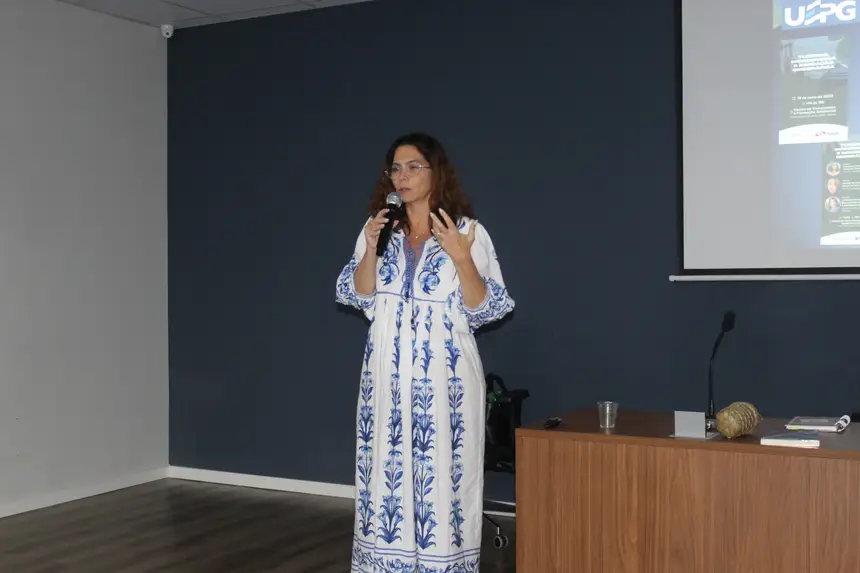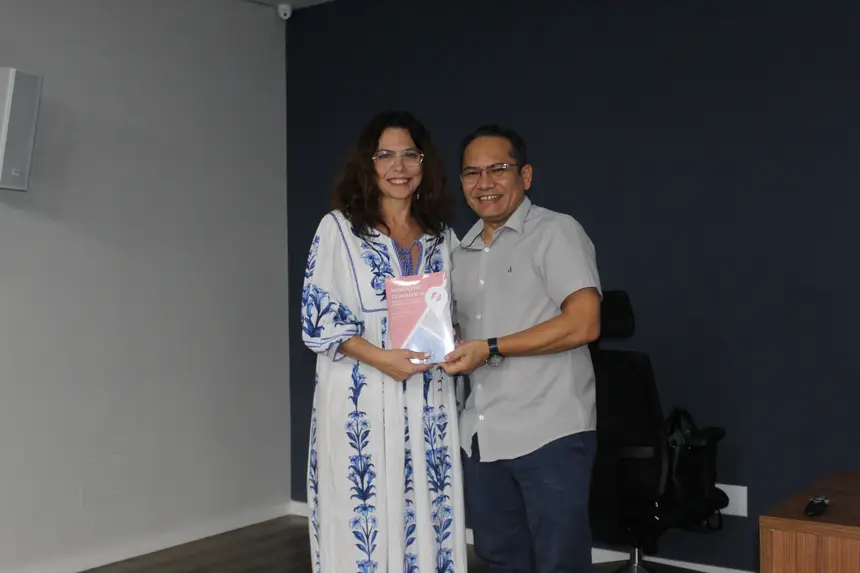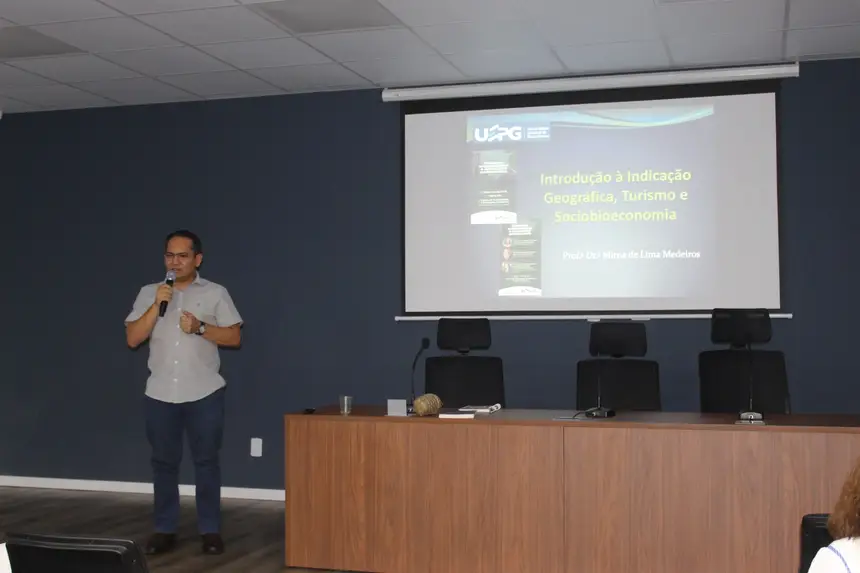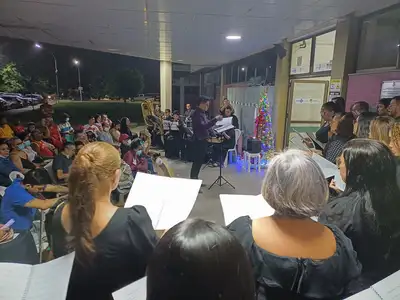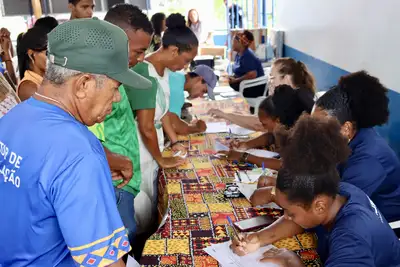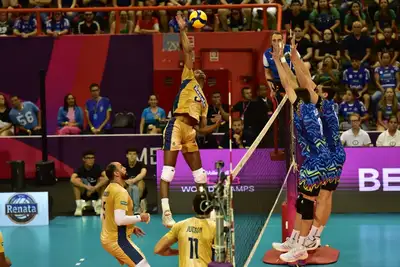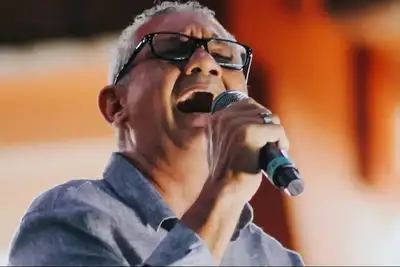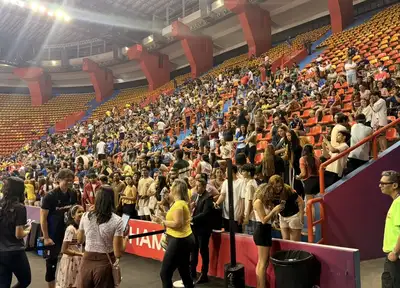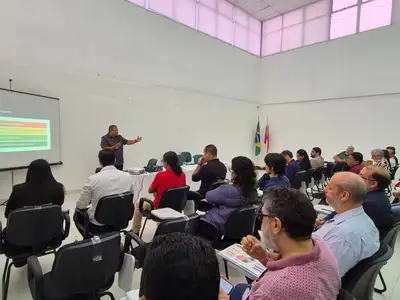Pará reaffirms commitment to bioeconomy through the launch of the monitoring platform for the State Bioeconomy Plan (Planbio)
In June, the state prepares for further advancements in the Bioeconomy sector, including the tool that will allow real-time updates on the implementation of the plan
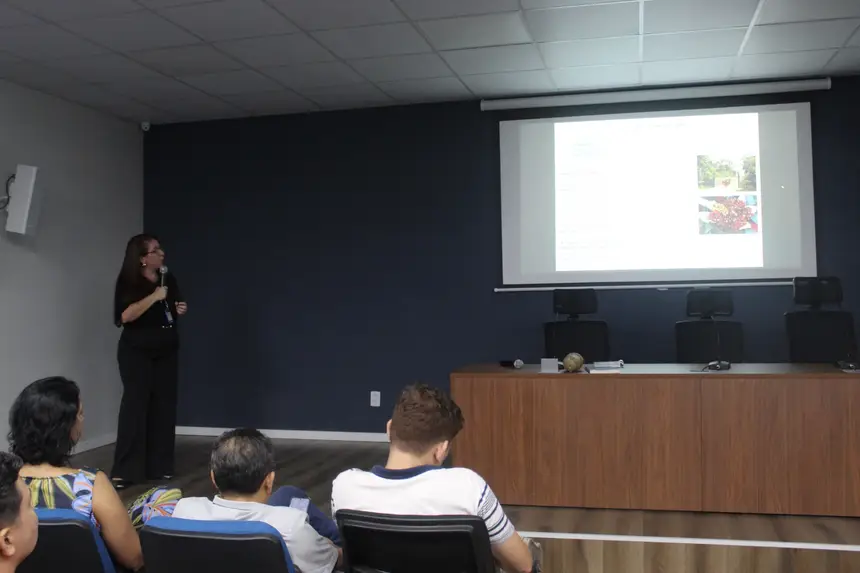
Next month, the State Department of Environment and Sustainability of Pará (Semas) will launch the monitoring platform for the State Bioeconomy Plan (PlanBio) and the Bioeconomy Seal. This action reinforces the state government's commitment to building a new logic of development for the Amazon, as highlighted at the event "Tourism, Bioeconomy, and Geographical Indication," promoted by Semas last week. The meeting aimed to foster reflections and strategic paths to boost sustainable development in the region.
“When we talk about bioeconomy, we are not just talking about an economy based on natural resources. We are talking about a new logic of development that respects the cycles of the forest, that exalts the biological, cultural, and territorial diversity of the state, that values traditional knowledge and places people at the center. It is an economy that arises from the standing forest, from the hands that harvest, transform, and protect, and from the voices that tell these stories,” emphasized the Deputy Secretary of Bioeconomy, Camille Bemerguy.
The State Bioeconomy Plan of Pará (PlanBio), an integral part of the State Amazon Now Plan (PEAA), is one of the main strategies of the state in the transition to a low-carbon economy. Among the highlights is the advancement of the Amazon Bioeconomy and Innovation Park, an initiative aimed at transforming the region into a hub for sustainable, scientific, and technological development.
Bioeconomy and sustainable tourism
Within the scope of PlanBio, responsible and regenerative tourism is considered one of the essential tools for reducing carbon emissions. The activity fosters investments that generate environmental, social, and economic benefits through nature-based solutions, in addition to contributing to increased income, job creation, and improved living conditions for the local population.
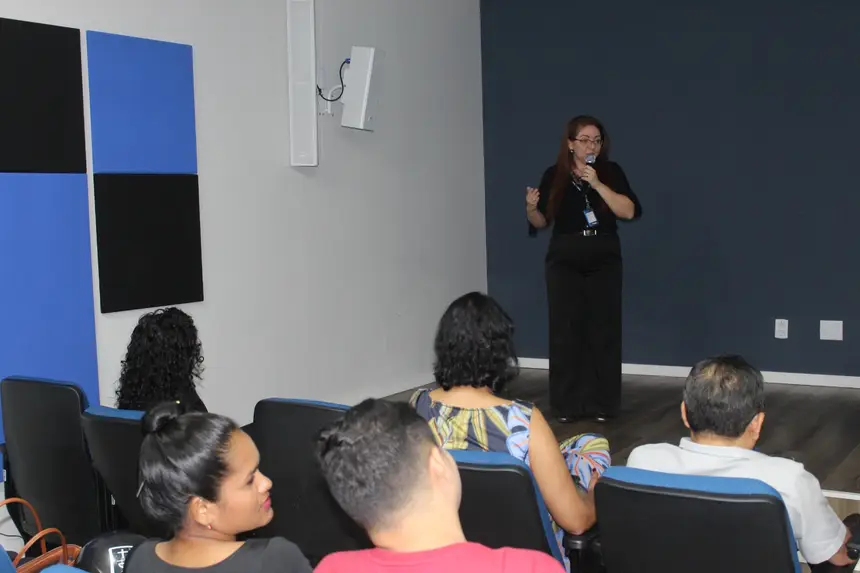
According to Camille Bemerguy, “sustainable tourism and geographical indications are powerful tools to give visibility, value, and identity to our territories. Tourism, when well conducted, brings the world closer to the real Amazon — the one that enchants, welcomes, and teaches — while geographical indications help recognize and protect products that carry an origin, a culture, a unique way of doing things, whether it’s an unmistakable açaí, ceramics shaped by generations, or a craft tradition that spans centuries.”
Currently, PlanBio encompasses 122 initiatives, with central axes being the strengthening of sustainable production chains, the valorization of traditional knowledge, and local biodiversity.
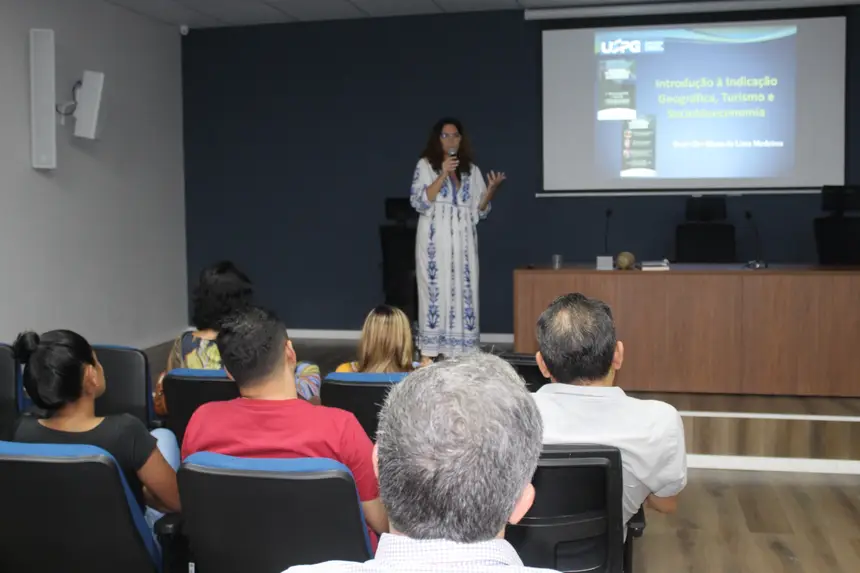
Practical initiatives and integration of public policies
Among the actions planned within the scope of PlanBio are the integration of the Tourism Observatory with the Bioeconomy Observatory; the development of public policies aimed at creating sport fishing areas for ecological tourism; workshops and regional meetings for mobilization and awareness of communities; support for the implementation of the State Policy for Community-Based Tourism of Pará (TBC); and technical assistance focused on products from the bioeconomy production chain and/or Geographical Indication (GI).
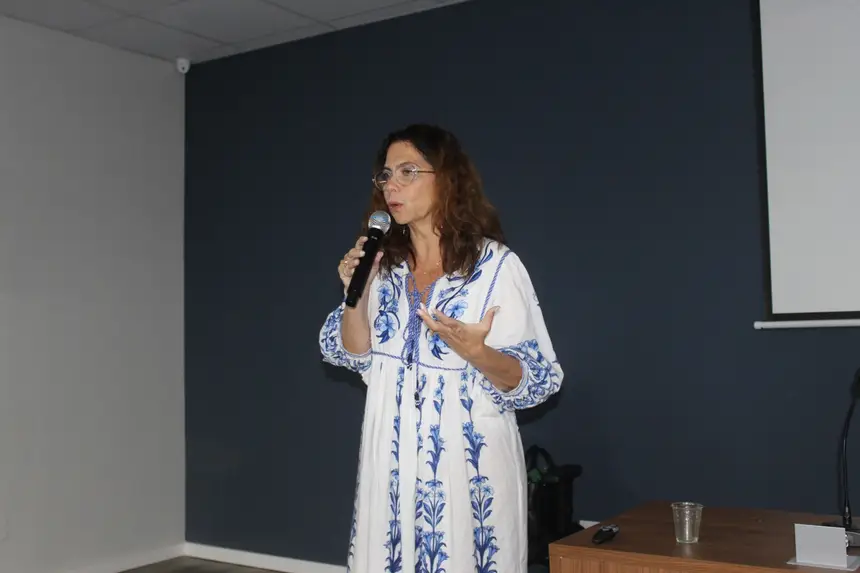
Promotion of commercialization through participation in tourism and bioproduct events is also planned, in addition to the implementation of a reference center for local-based tourism and cultural traditions.
“These instruments not only strengthen local economies but also contribute to keeping traditional ways of life and the region's biodiversity alive. They connect economic value with symbolic and ecological value. And this, for the Amazon, is a revolution. Today, more than ever, we need solutions that are both just, regenerative, and rooted in the territory. What brings us together here is precisely the construction of these paths, with dialogue, cooperation, and a vision for the future,” concluded Camille Bemerguy.
Text: Vinicius Silva/ Ascom Semas


